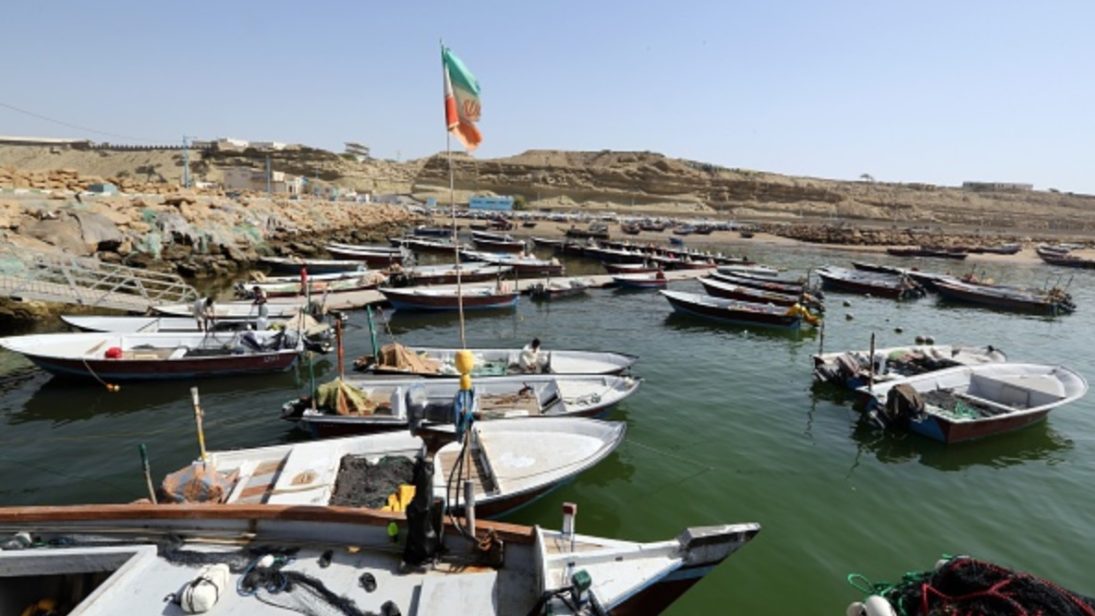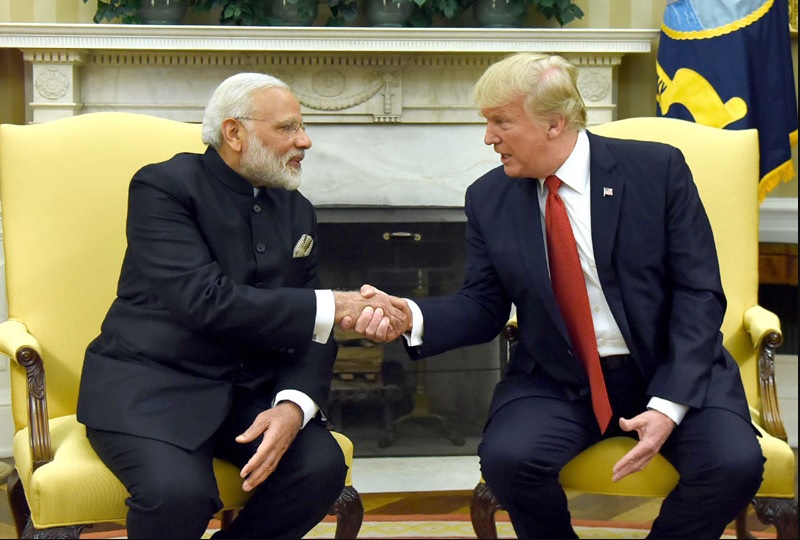
The recent reinstatement of U.S. sanctions on Iran and statements from U.S. officials asking India to reduce oil imports from the West Asian country highlight the disagreement between Washington and Delhi over Tehran. This rift stems from India having taken a significant role in the development of the Chabahar port, located in southeast Iran. For India, Chabahar is a strategic counterweight to growing Chinese investment and presence in other South Asian countries and ports, most notably at the Gwadar port in Pakistan. However, Chabahar is now being challenged by renewed U.S. sanctions against Iran. As one of India’s closest partners, the United States should show strategic maturity and provide a waiver to India on sanctions related to Iran, keeping both India’s and its own long-term strategic interests in mind.
Strategic Importance of Chabahar
India has traditionally relied on transit through Pakistan for overland access to Afghanistan and beyond. However, Chabahar, located in Iran’s Sistan-Baluchestan province and around 80 kilometres from Gwadar, may serve as India’s access to Afghanistan and greater Central Asia through the Indian Ocean, without having to rely on Pakistan with which India has had a traditionally tense relationship.
This focus on Chabahar is by no means new: India first expressed interest in Chabahar in 2003, but delays due to Western sanctions on Iran and a range of bureaucratic issues on the Indian side have slowed down progress on investments. The signing of the Joint Comprehensive Plan of Action (JCPOA) between the United States and Iran in 2015, which relieved Iran of sanctions in exchange for restricting its nuclear program, eased the development of Chabahar. India had promised a USD $500 million investment to build two berths at Chabahar and an additional USD $1.6 billion to develop a railway connection between Chabahar and Zahedan in Iran, near the border with Afghanistan. In what was viewed as major progress last October, India sent its first wheat shipment to Chabahar which was then transported to western Afghanistan by road, to demonstrate the viability of the route. However, President Trump’s decision to pull out of the JCPOA and reimpose sanctions on Iran could prove to be a major setback for Chabahar. While the port was expected to be operational by late 2018, India now hopes that can happen by 2019.
Secondary sanctions target not just Iran, but also external stakeholders engaged in business with Tehran, with little leeway to work around them. India is one such stakeholder, and its involvement in Chabahar is likely to be impacted: at present, Chabahar is being maintained by an Iranian company for a period of 18 months, as India looks at placing an Indian-owned company to operate, manage, and maintain the port for the next 10 years. But given the nature of secondary sanctions, they could impact Indian companies involved in running the port. Since most companies would not want to risk being targeted by secondary sanctions, the Indian government may find it a challenge to get a company to run the operations, even if it is in the public sector. This would undermine one of the very purposes of investment–having an Indian presence in Chabahar. Although India has figured out ways to do business with a sanctioned Iran in the past, how it finds an alternative for this current predicament is yet to be seen.

New Delhi’s Vulnerabilities Vis-à-Vis Tehran
India’s dependence on Iran for oil exacerbates the problem–India imports over 80 percent of its crude oil requirement, with Iran as its third-largest supplier and accounting for about 15 percent of those imports. Before the signing of the JCPOA in 2015 and the lifting of sanctions against Iran, India paid for the imported Iranian crude oil in rupee remittances and through other commodities. However, India’s imports from Iran have soared since the lifting of sanctions after the signing of JCPOA, thereby increasing India’s overall exposure to U.S. sanctions on Iran. With secondary sanctions coming into effect in November, Indian oil refineries face the threat of being affected and therefore have begun cutting down on Iranian crude. Some Indian refineries have begun cancelling Iranian imports due to insurance issues related to secondary sanctions and more are expected to follow suit. This reduction in imports would be a huge blow for India not just because of its significant reliance on Iranian crude, for which it would have to look for alternatives, but because Iran provided India discounts and flexible mechanisms of payment. Hence, New Delhi has been trying to negotiate with Washington and has made no official statements yet regarding the reduction of oil imports from Iran.
Indian Presence in Iran: Supporting Trump’s South Asia Strategy
Despite Washington’s disapproval over New Delhi’s relationship with Tehran, India’s efforts to develop Chabahar will actually secure U.S. interests. This is because the Chabahar project will improve connectivity between India and Afghanistan, allowing Kabul to access Indian markets and facilitate the country’s economic development, especially if Chabahar becomes a regional or international port. Since one of the United States’ goals as part of its South Asia strategy is to ensure stability in Afghanistan, India’s efforts to develop Chabahar will actually help the United States achieve its objectives in the region. In fact, such an action is in line with the role the United States expects India to play in the region, as emphasized by U.S. officials. Losing its stake in Chabahar would be detrimental to India’s presence in Afghanistan, and ultimately, to the United States’ vision of the region.
Making concessions for India with regard to Iran may also make sense for the United States in view of its Indo-Pacific strategy. The U.S. National Security Strategy 2017 acknowledges India as a critical U.S. partner in the region, balancing against China’s growing presence in the IOR due to its geographic size and location, democratic governance, and the size of its economy. With Washington having committed to supporting New Delhi’s leadership role in the region, undermining it through Iranian sanctions would be counterproductive. In addition, arm-twisting tactics, such as having former U.S. Ambassador to the United Nations Nikki Haley warn India to “rethink” ties with Iran, will just create distance between the United States and India, especially as India adheres to the doctrine of strategic autonomy, and erase U.S. gains in the country.
A Deal Between Friends
Although there have not been any indications that the United States is actively considering offering India a waiver with regard to Iranian sanctions, the issue was discussed by the two sides recently, with Ambassador Alice Wells, the U.S. Principal Deputy Assistant Secretary of State for South and Central Asia, reassuring India that the intention behind sanctions is not to “imperil partners.”
Iran may figure in the United States’ threat perception, but India has enjoyed strong historical and cultural ties with the country. Thus, it would be unreasonable for Washington to expect New Delhi’s threat perceptions to completely align with its own. A waiver from U.S. sanctions on Iran will allow India to play a more significant role in ensuring the economic stability of Afghanistan, which bolsters U.S. objectives in the region, and will ensure the longevity of the Indo-U.S. strategic partnership. Strategic maturity calls for the United States to look at the larger picture and consider the interests and concerns of its strategic partners and accommodate them to ultimately achieve its own objectives.
***
Click here to read this article in Urdu.
Image 1: Atta Kenare/AFP via Getty Images


